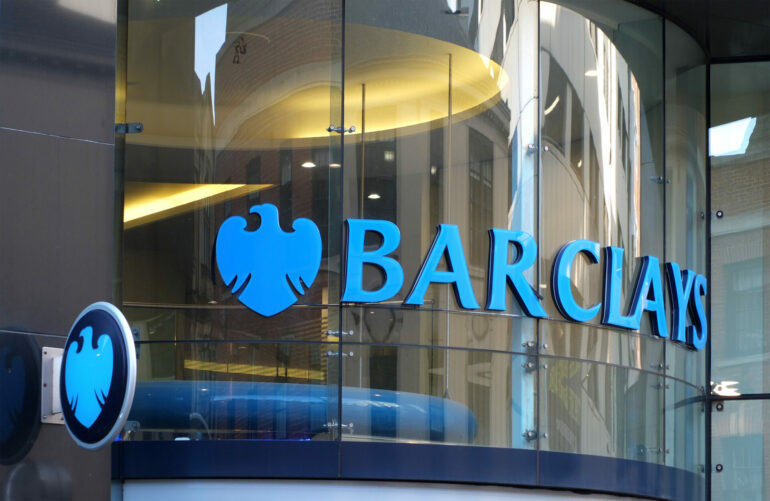The second quarter of 2024 was a period of dynamic shifts for the UK economy. Against a backdrop of global uncertainties and domestic policy adjustments, key economic indicators combined with housing and mortgage market data have revealed a mixed yet promising outlook for the lending community and the intermediary market.
Economic performance
Encouraging news emerged from the Office for National Statistics (ONS) with the Consumer Prices Index (CPI) rising by 2.0% in the 12 months to June 2024, the same rate as the 12 months to May and well below its recent annual peak of 11.1% in October 2022.
This figure remains in line with the Bank of England’s 2% target, following a period of disruption within the economic markets; while inflationary pressures remain, this demonstrates significant improvement.
In addition, the monthly real gross domestic product (GDP) was estimated to have shown no growth in June 2024, following unrevised growth of 0.4% in May 2024.
Within this ONS data, construction output grew by 0.5% in June 2024, following growth of 1.7% in May 2024 (revised down from 1.9%), but fell by 0.1% in the three months to June 2024.
Labour market dynamics
Further ONS data showed that the UK labour market continues to show sustained resilience. Estimates for payrolled employees in the UK increased by 14,000 (0.0%) between May and June 2024, and rose by 227,000 (0.8%) between June 2023 and June 2024.
The UK employment rate (for people aged 16 to 64 years) was estimated at 74.5% in April to June 2024. This was below estimates of a year ago, but did increase in the latest quarter. In other positive news, the UK unemployment rate (for people aged 16 years and over) was estimated at 4.2% in April to June 2024, also below estimates of a year ago and decreased in the latest quarter.
The estimated number of vacancies in the UK decreased in May to July 2024 by 26,000 on the quarter to 884,000. Vacancies decreased on the quarter for the 25th consecutive period but are still above pre-pandemic levels.
Despite these challenges, annual growth in employees’ average regular earnings (excluding bonuses) in Great Britain was robust at 5.4% in April to June 2024.
Lending insights
The lending market has experienced significant fluctuations in 2024. The Bank of England’s Money and Credit Report for June 2024 saw individuals borrow £2.7bn in June, up from £1.3bn in May.
Net mortgage approvals for house purchases, which is an indicator of future borrowing, remained broadly stable at 60,000 in June. However, approvals for remortgaging (which only capture remortgaging with a different lender) decreased to 27,500 in June, from 29,300 in May.
Data from UK Finance suggests that buy-to-let (BTL) market is showing signs of strain, with the volume of lending for BTL house purchases more than halving over the course of 2023. In Q1 2024, the number of outstanding BTL mortgages shrank for the first time, from 2.039 million outstanding BTL mortgages in Q1 2023 to 1.98 million, reflecting the challenges posed by rising interest rates and stringent affordability tests.
On a more positive note, Barclays Property Insights data showed that the cost of rent and mortgages stabilised considerably in June, increasing by just 1.5% year-on-year – the slowest rate of growth since March 2023. In further good news for households, spending on utilities fell 15.6% due to falling energy prices, with further declines predicted following the latest price cap decrease on 1st July.
Consumer confidence also showed signs of recovery with more people feeling optimistic about their ability to live within their means (up one percentage point to 73%) and job security (up four percentage points to 49%).
Housing market trends
The housing market has displayed a mix of resilience and caution. According to the HM Land Registry UK House Price Index summary for June 2024, the average UK house price was £288,000 in June 2024 (provisional estimate) – £8,000 higher than 12 months ago.
Average house prices in the 12 months to June 2024 increased in England to £305,000 (2.4%), increased in Wales to £216,000 (1.8%) and increased in Scotland to £192,000 (4.3%).
The average house price increased in the year to Q2 (Apr to Jun) 2024 to £185,000 in Northern Ireland (6.4%).
The June 2024 RICS Residential Survey pointed to a relatively subdued market backdrop, with indicators on buyer demand, sales and prices remaining in slightly negative territory.
That said, despite recent months showing a softening in momentum, respondents expectations have now turned a little more optimistic with regards to the near-term outlook for sales activity.
In terms of the rental market, this continues to be buoyant, with increased tenant demand and rising rental prices.
Looking ahead
The outlook for the UK economy remains cautiously optimistic. KPMG’s UK Economic Outlook predicts modest positive growth for the remainder of 2024 and into 2025, supported by falling inflation and potential interest rate cuts.
This sentiment is echoed by PwC, which forecasts a 1% GDP growth for 2024, with an acceleration in subsequent years.
For the intermediary market, the second half of 2024 is expected to be particularly strong, driven by anticipated market stability post-General Election and potential interest rate reductions.
As the market continues to evolve, staying informed and adaptable will be key to navigating these dynamic times successfully.
Sidney Wager is head of intermediary market development at Barclays



